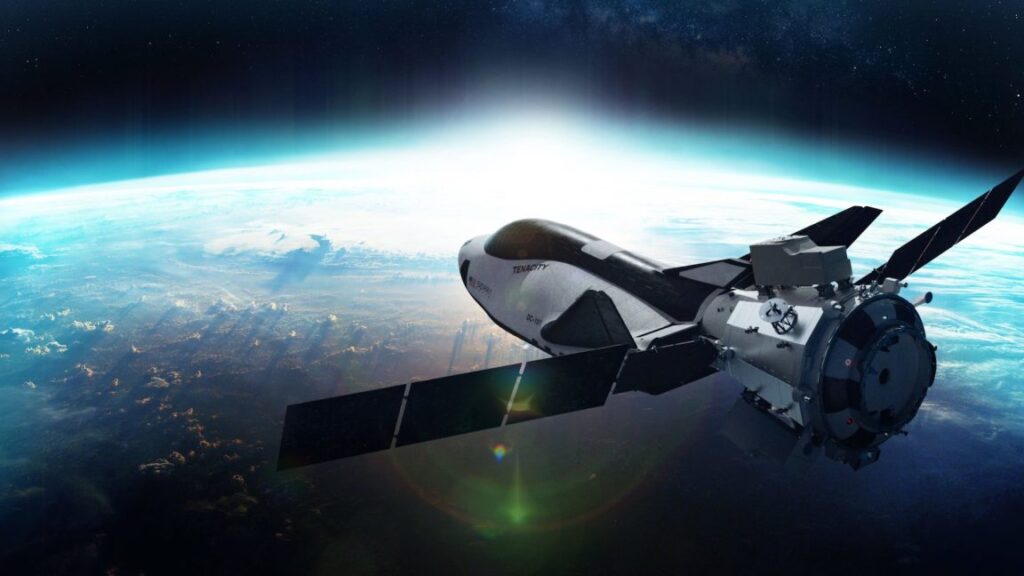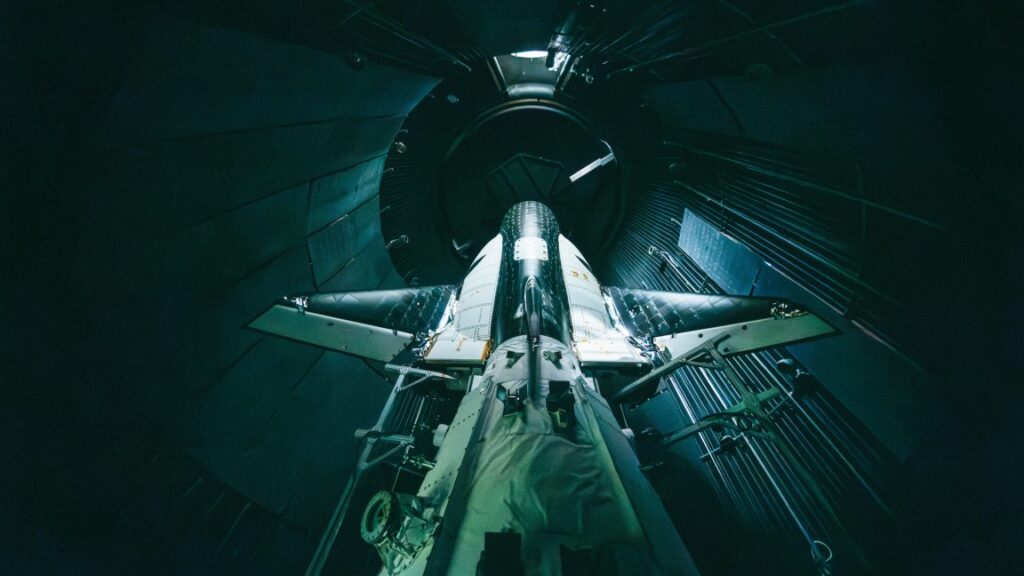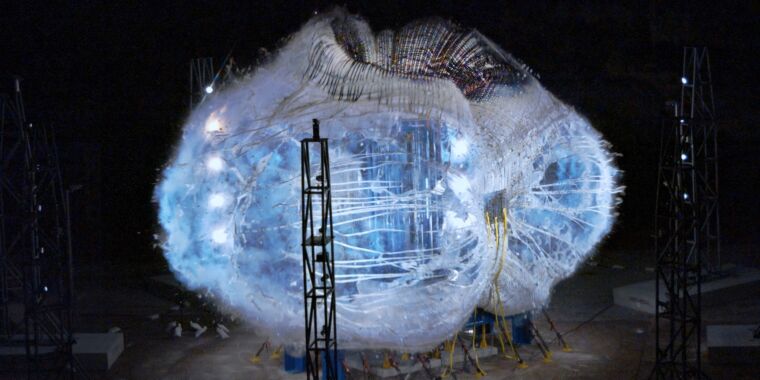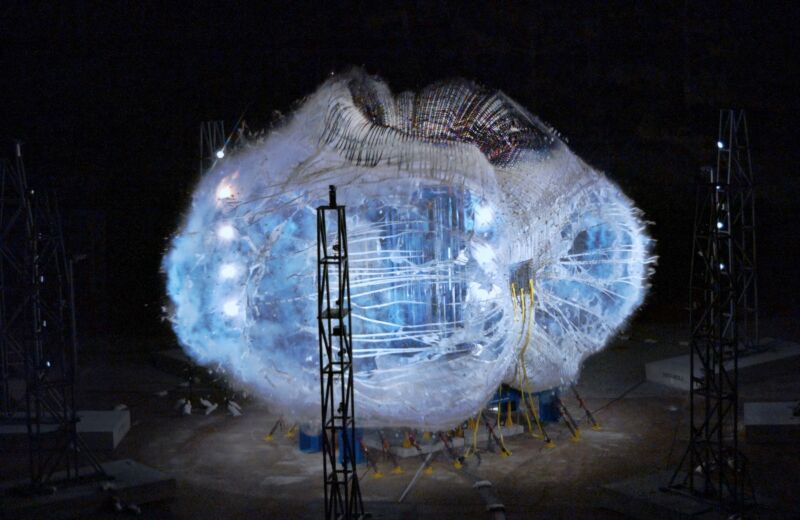Sierra’s Dream Chaser is starting to resemble a nightmare
However, in its news release, NASA said it is no longer obligated to a specific number of resupply missions.
Chasing those defense dollars
In its own statement on the announcement, Sierra Space said the new approach will provide it with more “flexibility” as the company seeks to attract national defense contracts.
“Dream Chaser represents the future of versatile space transportation and mission flexibility,” said Fatih Ozmen, executive chair at Sierra Space, in the statement. “This transition provides unique capabilities to meet the needs of diverse mission profiles, including emerging and existential threats and national security priorities that align with our acceleration into the Defense Tech market.”
Although the NASA news release does not detail the space agency’s concerns about allowing Dream Chaser to approach the station, sources have told Ars the space agency has yet to certify the spacecraft’s propulsion system. The spacecraft is powered by more than two dozen small rocket engines, each capable of operating at three discrete levels of thrust for fine control or more significant orbit adjustments. Certification is a necessary precursor for allowing a vehicle to approach the orbiting laboratory.
Sierra said it is now targeting a “late 2026” debut for Dream Chaser, but that date is far enough in the future that it is likely subject to Berger’s Law, and probably means no earlier than 2027. This all but precludes a cargo mission to the International Space Station, which is scheduled to be deorbited in 2030, and presently has two more-than-capable supply vehicles with SpaceX’s Dragon and Northrop’s new, larger Cygnus.
It is possible that Dream Chaser could serve a future market of commercial space stations in low-Earth orbit, but to do so, Sierra will have to get the vehicle flying reliably, frequently, and at a relatively low cost to compete with Dragon and Cygnus. Those are big hurdles for a spacecraft that is now many years behind schedule and no longer has any guaranteed government missions.
Sierra’s Dream Chaser is starting to resemble a nightmare Read More »



